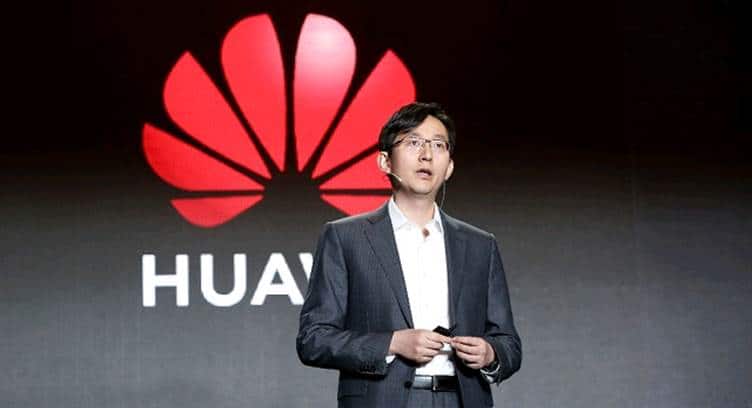During the 2019 Huawei Global Analyst Summit, Jason Dai, President of Huawei Cloud Core Network Strategy & Business Development Dept, delivered a keynote speech on Huawei's 5G core network strategy.
He said Huawei is leveraging advanced Cloud Native, Connectivity+, and edge computing technologies to build an intelligent, simplified, and more reliable 5G core network, create an open ecosystem, provide differentiated services, and serve as a key solution enabler for thousands of industries.
Cloud Native:
Cloud Native is the cornerstone of the 5G core network. Huawei has been striving for a fully cloudified core network with the adoption of Cloud Native from the very beginning. Leveraging key technologies, such as three-layer decoupling, stateless design, cross-DC disaster recovery, containers, and service-based frameworks, Huawei has earned the top ranking across the industry and has secured more than 580 commercial cloud core network contracts worldwide. Huawei spearheaded the marketing launch of the Cloud Native based EPC solution in 2016, launched the world's first commercial A/B test solution for the telecom network in 2018, and released the first microservices-based 5G SA core network solution in 2019.
Connectivity+:
Huawei claims that it is the industry's only vendor to provide fully converged 2G, 3G, 4G, 5G NSA, and 5G SA core networks. Existing core networks can be smoothly evolved to the 5G SA architecture through a software upgrade, enabling users to switch from 4G to 5G networks without changing their cards or numbers. Powered by its unique flow control algorithm and the super-elastic Cloud Native architecture, Huawei's 5G core network can easily cope with traffic bursts caused by ultra-dense connections in the 5G era, and remain stable and reliable.
Edge Computing:
5G will drive more than 10 times the traffic growth; more than 80% of data and processing is to take place at the edge, and 10 times the number of core network user planes are to be deployed closer to users of bandwidth-hungry and delay-sensitive services. Huawei 5G core network is based on the distributed architecture of control plane and user plane separation (CUPS), with its centrally managed control planes and one-stop plug-and-play ready user planes. On-demand scheduling based on heterogeneous edge computing enables services to be processed only by the most suitable resources. The network is able to quickly integrate with third-party apps and harmonize with an open edge ecosystem.


















